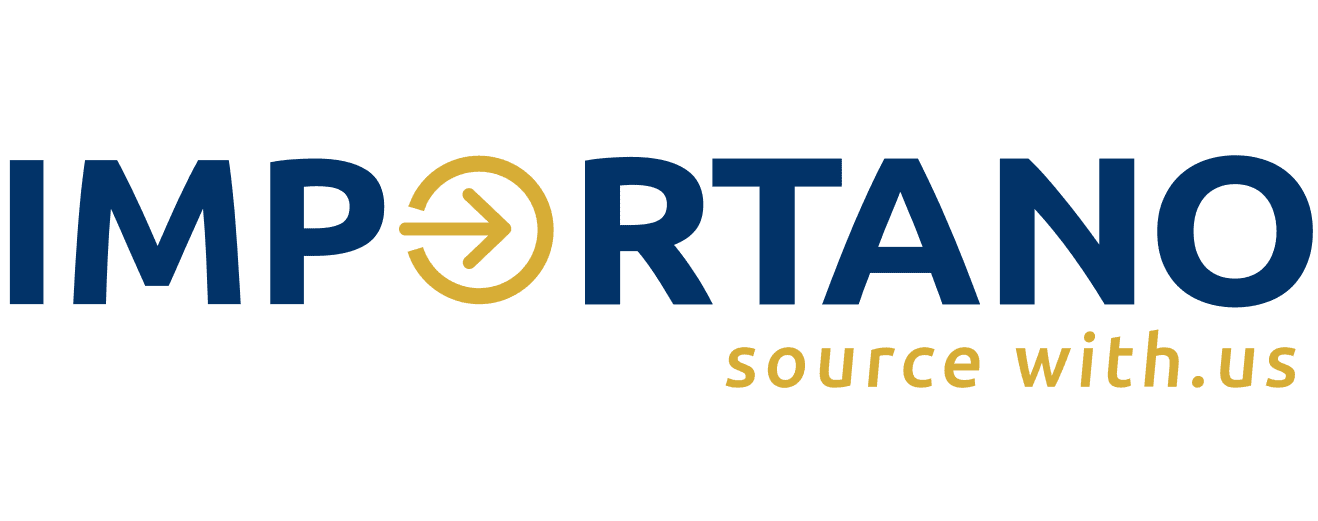
01 Nov QUALITY CONTROL 101: HOW TO AVOID DEFECTIVE PRODUCTS FROM CHINESE FACTORIES
Sourcing products from Chinese factories offers cost-effectiveness and scalability, but quality control (QC) is paramount to avoid defects. This guide outlines actionable strategies to ensure you receive products that meet your standards, fostering successful partnerships and customer satisfaction.
Table of Contents
- Introduction
- Why Quality Control Matters
- Common Causes of Defects
- Steps to Ensure Quality
- Legal Protections in Contracts
- Cultural and Cost Considerations
- Conclusion
- Key Takeaways Checklist
Why Quality Control Matters
Defective products can damage your brand reputation and incur financial losses. Effective QC mitigates risks, ensuring consistency and reliability in your supply chain.
Common Causes of Defects
- Communication Gaps: Misunderstandings due to language barriers or unclear specifications.
- Differing Standards: Variations in quality expectations between regions.
- Insufficient Oversight: Lack of monitoring during production.
Steps to Ensure Quality
- Conduct Thorough Factory Audits
- Check Certifications: Verify ISO or industry-specific certifications.
- Assess Infrastructure: Inspect machinery, labor practices, and quality control processes.
- Past Performance: Review references and previous client feedback.
- Define Clear Specifications
- Detailed Documentation: Provide technical drawings, materials, and packaging requirements.
- Use Samples: Submit a “golden sample” as a benchmark.
- International Standards: Reference standards like ASTM or CE to align expectations.
- Request Pre-Production Samples
- Test functionality and durability before mass production. Adjustments at this stage prevent costly revisions later.
- Implement In-Process Quality Checks
- Schedule inspections during production (e.g., 20% completion) to catch issues early.
- Use video calls for real-time updates and foster open communication.
- Hire Third-Party Inspection Services
- Companies like SGS or Bureau Veritas offer unbiased inspections, checking for defects, dimensions, and compliance.
- Conduct Pre-Shipment Inspections
- Perform the AQL (Acceptable Quality Level) test on finished goods. Ensure 1-3% defect rates, depending on product criticality.
- Build Strong Supplier Relationships
- Long-Term Partnerships: Regular orders incentivize suppliers to prioritize quality.
- Training: Educate suppliers on your standards and visit factories to strengthen rapport.
- Use Technology for Monitoring
- QC Software: Tools like QMS Central streamline defect tracking.
- IoT Devices: Monitor production lines in real-time for transparency.
Legal Protections in Contracts
- Quality Clauses: Specify allowable defect rates and testing protocols.
- Penalties: Outline consequences for non-compliance, including returns or compensation.
- Dispute Resolution: Choose arbitration forums like CIETAC for fair settlements.
Cultural and Cost Considerations
- Face-to-Face Meetings: Build trust through in-person visits, respecting Chinese business etiquette.
- Balance Cost and Quality: Avoid the cheapest options; invest in reliable suppliers offering fair pricing.
Conclusion
Proactive QC measures—audits, clear communication, inspections, and technology—minimize defects and enhance supplier relationships. While challenges exist, diligent planning and partnership-building ensure successful sourcing from Chinese factories.
Key Takeaways Checklist
- Audit factories and check certifications.
- Provide detailed specs and samples.
- Conduct in-process and pre-shipment inspections.
- Leverage third-party inspectors and technology.
- Secure contracts with quality clauses.
By integrating these strategies, you can confidently navigate the complexities of international sourcing and maintain high product quality.

No Comments